-
Stop Committing Crimes
The humanitarian crisis in Gaza is one of many that represent the height of our absurdity as a species. We are waking up daily to news of starving civilians, mostly children, being used as political pawns between world leaders with colonial ambitions beholden to extremist groups, who are trying to cling onto power amidst countless domestic scandals. World leaders not held to account by state or corporate media, or by the discordant noise of the online rage-farming social media machines rife with propaganda. Leaders and their crony elite enriched and emboldened by crises of their own creation.
In their care, populations overwhelmed by debt, labor and information overload, attempting to get a grip on their role in global affairs.
Israel/Palestine is the most visible modern example, but hardly the only one. Of the dozen or so genocides underway globally, this one captures the world’s attention precisely because there is an almost universal consensus on the appropriate way forward that is not being implemented. Unfortunately, the states that have refused to action this consensus dating back to 1967’s Six-Day War and its aftermath, primarily the U.S., U.K. and Israel, have instead chosen to enable decades-long suffering and torture. Which entirely tracks with the rest of their historical record, but grinds the gears of anyone charged with listening to their empty words as they continue to feed their supercharged war profiteering industries.
Their allies are not blameless, but complacent. Canada among them. Statements condemning atrocities abroad have no meaning when no substantive action follows for decades. While the world has talked around the problem, the Western-facilitated and -catalyzed rot at the heart of the Middle East has created deeply radicalized societies that will continue to foment conflict for generations.
But there is a route towards healing that the West can take. The same one people have been protesting for repeatedly. Rarely entertained (with exceptions), given the governments of the West largely answer to oligarchs and lobbyists, rather than their citizenry, unless the public sustains a disruptive presence in the streets en masse.
-
Land of the Rohirrim
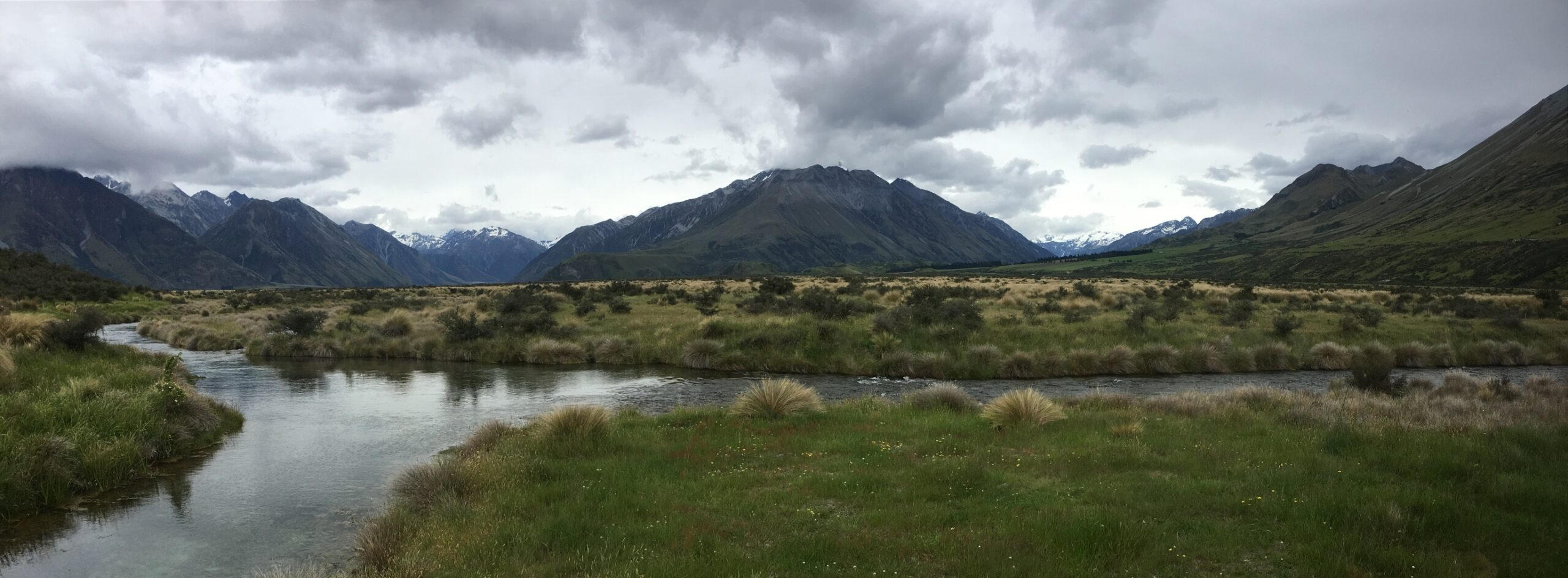 Exploring Rohan (a few kilometers from Mount Sunday a.k.a. Edoras) and taking in the temporarily tranquil Canterbury landscape (until the mighty winds return), December 2018
Exploring Rohan (a few kilometers from Mount Sunday a.k.a. Edoras) and taking in the temporarily tranquil Canterbury landscape (until the mighty winds return), December 2018 -
The Price of Connection (repost)
This post was originally published on January 31, 2024, prior to the publicizing of this site and the newsletter e-blasts. I have recently, begrudgingly, reactivated an old social media account in the hopes of reconnecting with some long-lost acquaintances. That experiment will end soon, for many of the reasons articulated below. I am resharing these thoughts now as they are front of mind. Take them with a grain of salt, from someone who has essentially lost all close friendships in part out of a stubborn refusal to engage with the un-engageable. For those interested in more overviews of online systems from Jaron Lanier, see here, here, here and here.

Sometime in the mid-2010s, there was a chorus of researchers who began to seriously consider the long-term effects of modern, digital social media on our personalities. At this point everyone with a mic, pen, and laptop had already waxed lyrical about the positive and negative impacts of online networks invading every corner of our daily lives. The foundation of the dual life – of your actual person and your profiles on digital platforms – had long been consolidated. Facebook was the dominant player (and remains for now as the most utilized site for connecting), essentially ubiquitous among younger demographics who had grown up with technology at their fingertips. Even youth who were living in poverty could afford simple flip phones where they could access the basic Facebook mobile interface and messaging services – something I witnessed working with children in rural Uganda back in 2013.
These researchers may have been motivated by the unexpected and anecdotal rise in social isolation, especially among youth (early adopters and heavy users of large social media sites). MySpace had been an experimental precursor where the potentially harmful effects of social media may not have made themselves apparent. The rise of Facebook, a digital party for all your acquaintances, with a constantly updating feed, and Reddit, which allowed a window into the general zeitgeist and its flowering subcultures, led to increased critical scrutiny of the underlying infrastructure that was fast forming our new social connective tissue.
Facebook, Twitter, Reddit, Youtube, Whatsapp and over in China, WeChat and QQ, were also fast becoming relevant in the workplace. Links to each began to be embedded not just on webpages designed for entertainment and fun, but also for professional use. There are still vast swathes of industry in East Asia where an email or mobile text may not be exchanged during an entire workday; instead, interactions on a single platform like WeChat may be all that is needed to accomplish daily tasks.
These researchers did surveys, looked at all publicly available data, and spoke to industry experts, users, promotors, and critics of social media platforms. They quoted twentieth century intellectuals such as B.F. Skinner, Bertrand Russell, Alan Turing, and Norbert Wiener in their search for an answer to the question: should we be worried?
-
Palette of Cloth
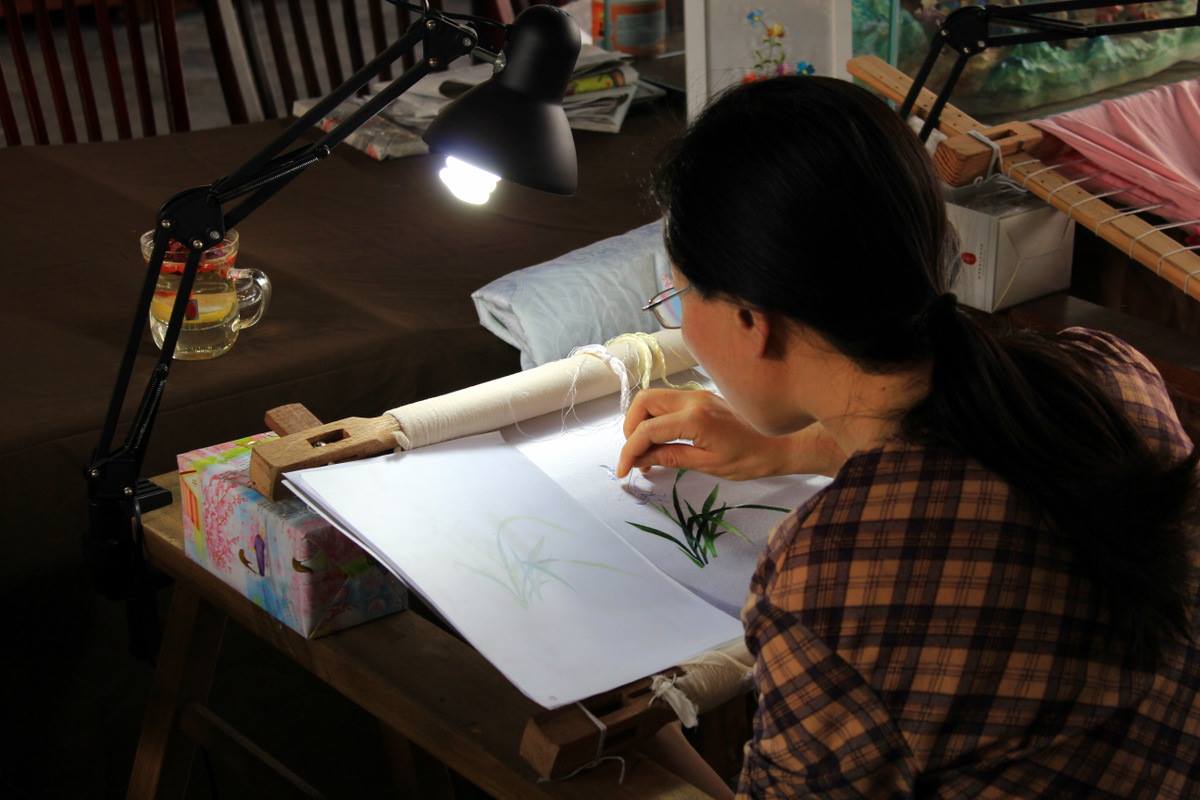 An artist embroidering a silk ‘painting’, somewhere in the gardens of Suzhou, June 2014
An artist embroidering a silk ‘painting’, somewhere in the gardens of Suzhou, June 2014 -
Edge of the World
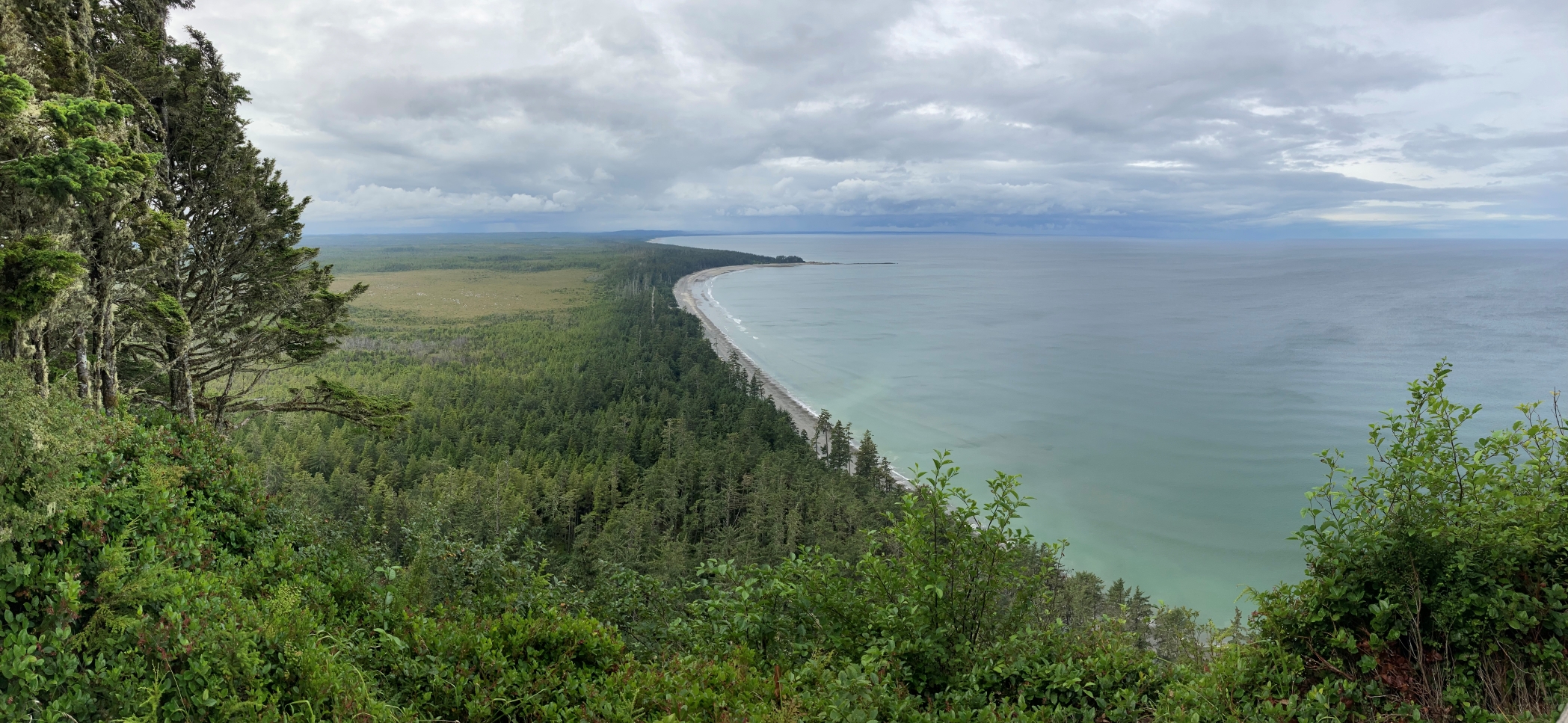 Standing at the “edge of the world” atop Taaw Tldáaw on Haida Gwaii, October 2023
Standing at the “edge of the world” atop Taaw Tldáaw on Haida Gwaii, October 2023 -
Prime Matter
I learned of Mark Snow’s death yesterday. He produced many memorable scores, though probably none more iconic than the X-Files Title Theme, today’s Measures feature. (Its title is an alternate form of “prima materia”.)
The X-Files was a flawed but wonderful show. Each episode was capable of engendering intrigue via explorations of conspiracy, the supernatural, and at its best, the worst of human behavior. Our biases, assumptions, predilections and constant need to believe. Mulder and Scully’s dispositional interplay was always an effective draw. Placement of the religious impulse into a scientist and doctor, opposite an incorrigible expert on the nuttiest theories ever concocted, was a brilliant decision. Their dialogue often rose above the sometimes-mediocre plotlines.
And Snow’s score was the perfect frame for it all. When the setting was spooky, but also when it was lighthearted. The eerie notes and whistles amplified the nightmare fuel as much as they did the humorous eccentricities. The same beats that set up the horrific “Home” somehow also worked for “Mulder and Scully Meet the Were-Monster”. Despite the strength of the show’s early run, the latter is still my favorite episode of the series overall; it is hard not to love its subversion of the genre and of the writers’ own tendencies.
If you are curious, you can hear Snow describing how he stumbled upon the inspiration for the tune and the resulting process in this interview.
-
Dunes at Carcross
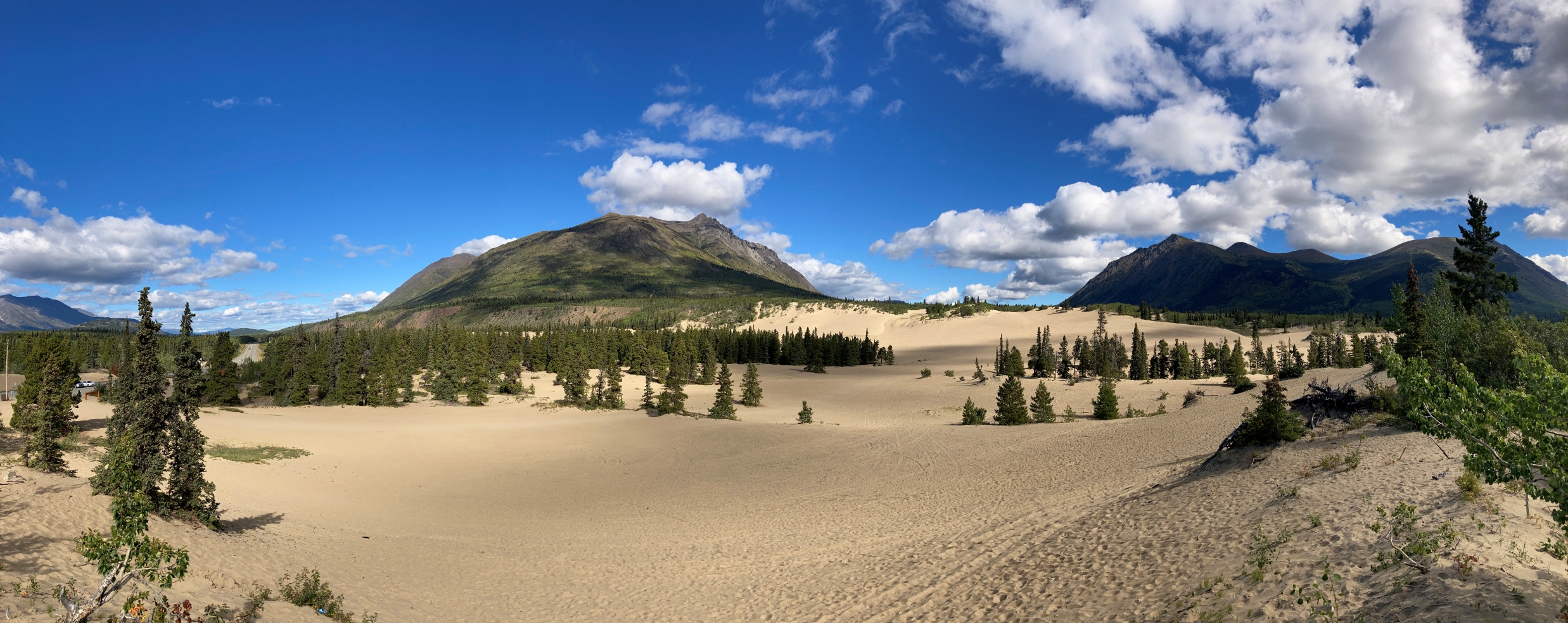
East of Whitehorse and west of Watson Lake, Yukon, along the Alaskan Highway, there lies a detour worth taking. You can either turn south at the aptly named Carcross Cutoff or instead at Jake’s Corner*.
Continue down and you will find yourself in a small town in the rain shadow of four mountains. Its relatively dry environment is the location of an anomaly: a collection of sand dunes. Fed over time by silt sailing on winds from nearby lakes and home to unique vegetation.
Today’s photo feature: a peculiar, arid destination supported by verdant surroundings in the far North. Taken August 2022.
Here is another look:
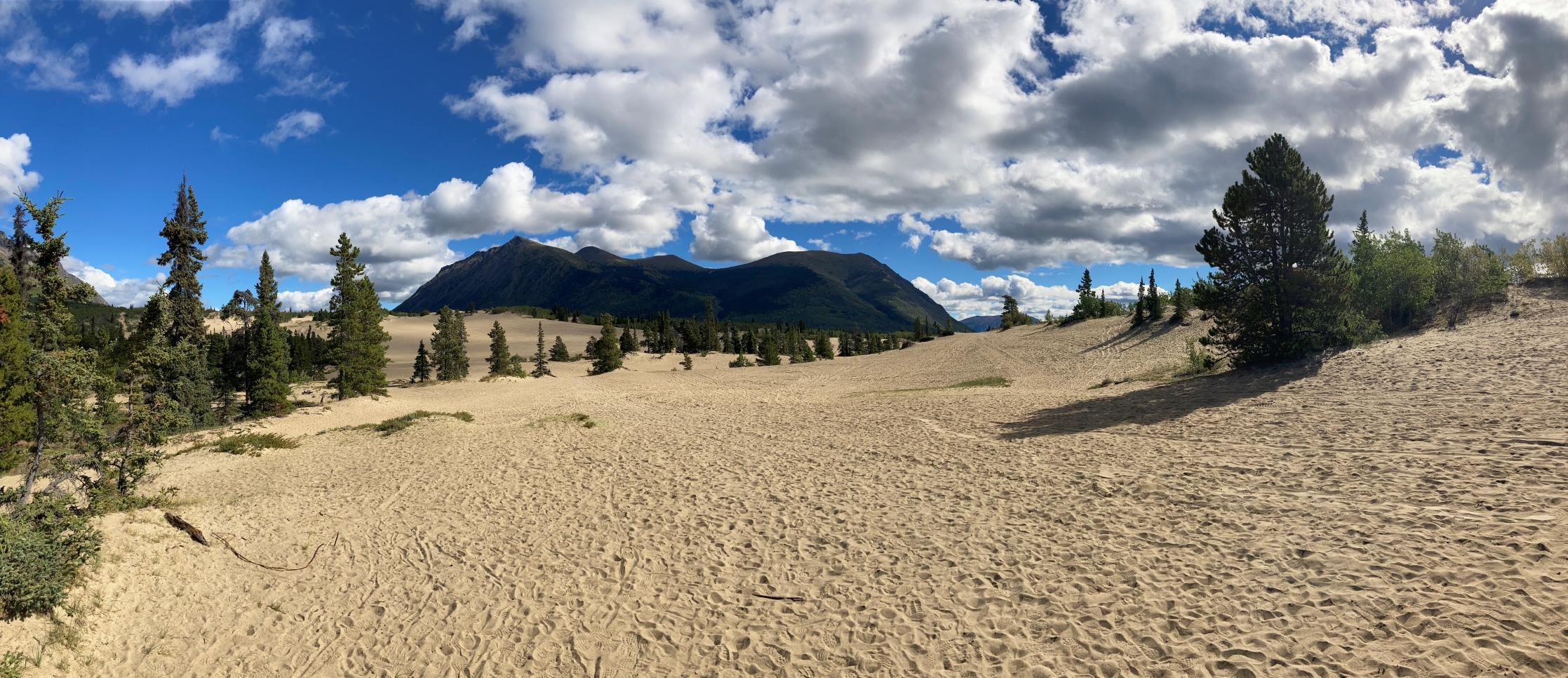
*The name is listed as “Jakes Corner” online, but nearly every sign I saw there had the apostrophe, so I am leaving in the possessive.
-
Apparitions in Ararat
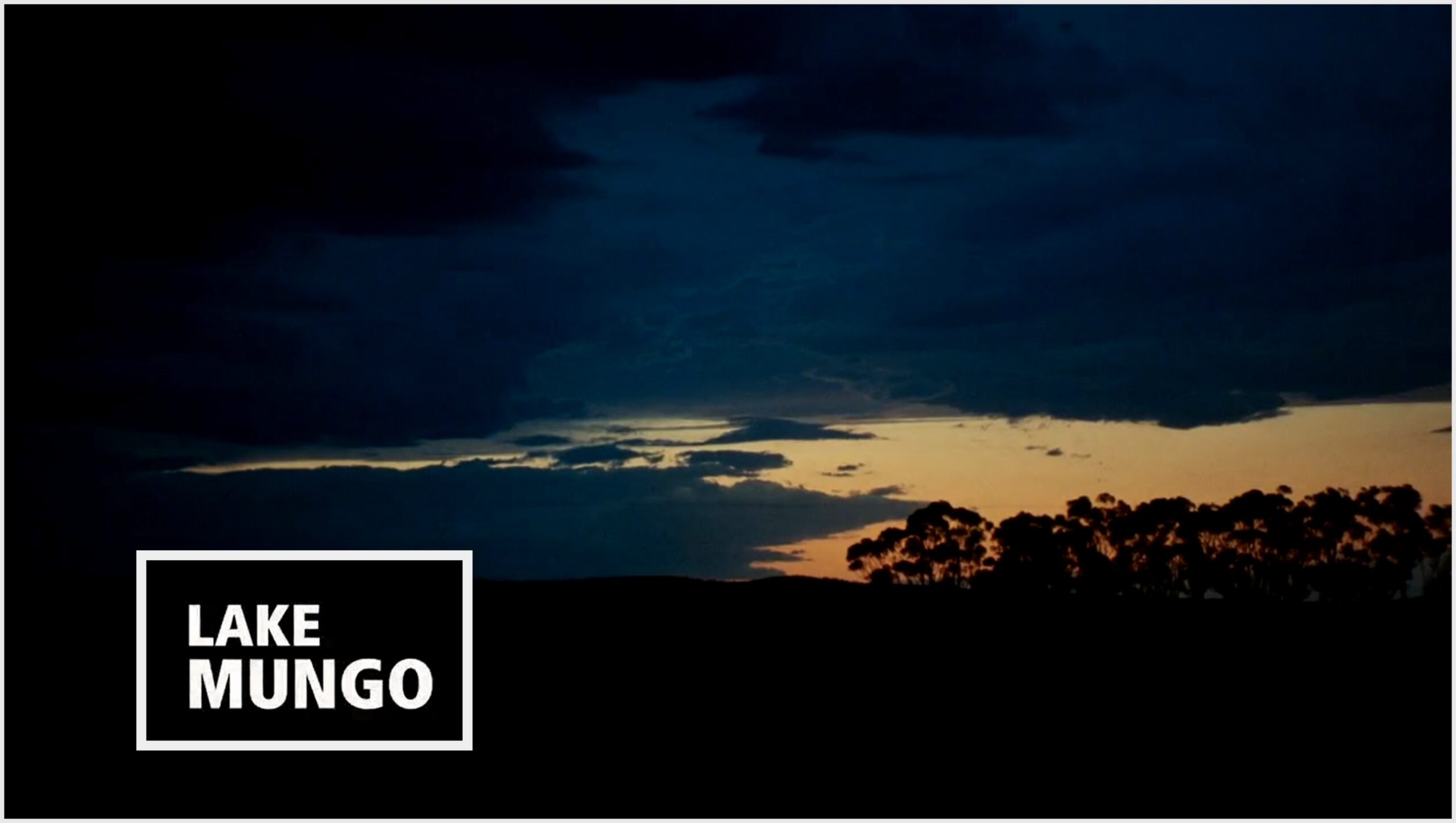
Recently, I began my latest dive into the darker genres of film and television. A fair amount of horror with sprinklings of tense dramas and crime documentaries. Included in the itinerary were 2021’s Sasquatch and 2024’s I Saw the TV Glow, plus revisitations of classics like 2003’s Memories of Murder.
Sasquatch was a clever bait-and-switch which I did not mind one bit. I suspect people who believe in cryptozoological creatures may feel differently, but I found its central conceit extremely effective. I Saw the TV Glow was a heart-wrenching exploration of identity, expression and acceptance. It is unfortunate that this type of conveyance of the trans experience, in the language of psychological horror, resonates as it does within our current zeitgeist. Memories was as spectacular as the first time I watched it. Not too many films globally reach the cruising altitude of peak Korean cinema.
I would highly recommend all the aforementioned works.
Spelunking into cultural caves often neglected by the mainstream also brought me to revisit another classic: 2008’s Lake Mungo. Part of a solid and growing output of Australian horror in the twenty-first century, alongside the likes of The Babadook (2014), Relic (2020), and Talk to Me (2022).
Mungo is strange because since its release, critics and audiences have given it widely disparate reviews. They have labeled it as “one of the scariest films ever made” and “a masterpiece” as often as mentioning it as “nothing unique” or “boring”. It is the kind of reputation that helps a movie develop cult status and invites in budding cinephiles as the years pass by. One’s experience of any piece of art will be tempered by taste, and Mungo may on the surface seem quite a polarizing creation: a low-budget pseudo-documentary ghost story. Perhaps not screaming “revolutionary” or “special”.
Allow me to relay my thoughts. I love this film. And to those who have never given horror a try or despise scary flicks, I would suggest this as a gem not be overlooked. Frankly, an ideal introduction to an oft-dismissed genre. Its scares are well-placed, telegraphed and layered. It is horror of the highest order – where fear and sadness are intertwined with hope and elation to produce a more meaningful narrative.
-
Truth and Meaning in Concrete
He could not complete it before he died (in escape of a regime repeatedly reborn, it seems), but Walter Benjamin’s Arcades Project still had reverberations across the twentieth century. A book of personal notes and reflections combined with analysis and fiction combed from academic and historical sources, Arcades was a loosely organized patchwork of what the material could mean to materialists.
Among its many achievements was one of the more complex deployments of the ‘dialectical image’ or ‘dialectical montage’*, a technique of layering facts – about pieces of history and their relations – to reveal deeper meanings. Within Arcades, Benjamin used this technique to discuss the political projects led by the elite in nineteenth century Paris, as the working class fought to realize their democratic ideals through constant cycles of revolution. He studied all manner of objects and wrote extensively, trying to identify their value – as appliances or ornaments to social, political and economic beings. By placing them beside each other, he sought to force revelation.
In that spirit, let us take a moment to wade into a similar exercise in critical theory by considering linked questions relating to economic growth, here in the twenty-first century:
- What spurs growth? How do we manage it? Why do cities grow the way they do? How do they develop in context of competing visions of growth?
- What are we, collectively, trying to achieve through this growth? How is it tempered by our cultural, economic and climate realities? Is the emergent political project within our control?
And here’s a last set connected to all the above:
- What kind of growth are we talking about? Who benefits from it and in what proportion? How do changing definitions of growth reshape our social relations?
These questions are regularly at the front of my mind as I think about the promised outcomes of policies touted by the highest offices. Allow me today to point you to two short films addressing many of the headaches above, in a brief juxtaposition aimed at bringing forward the deeper political relations at play.
-
Reflection
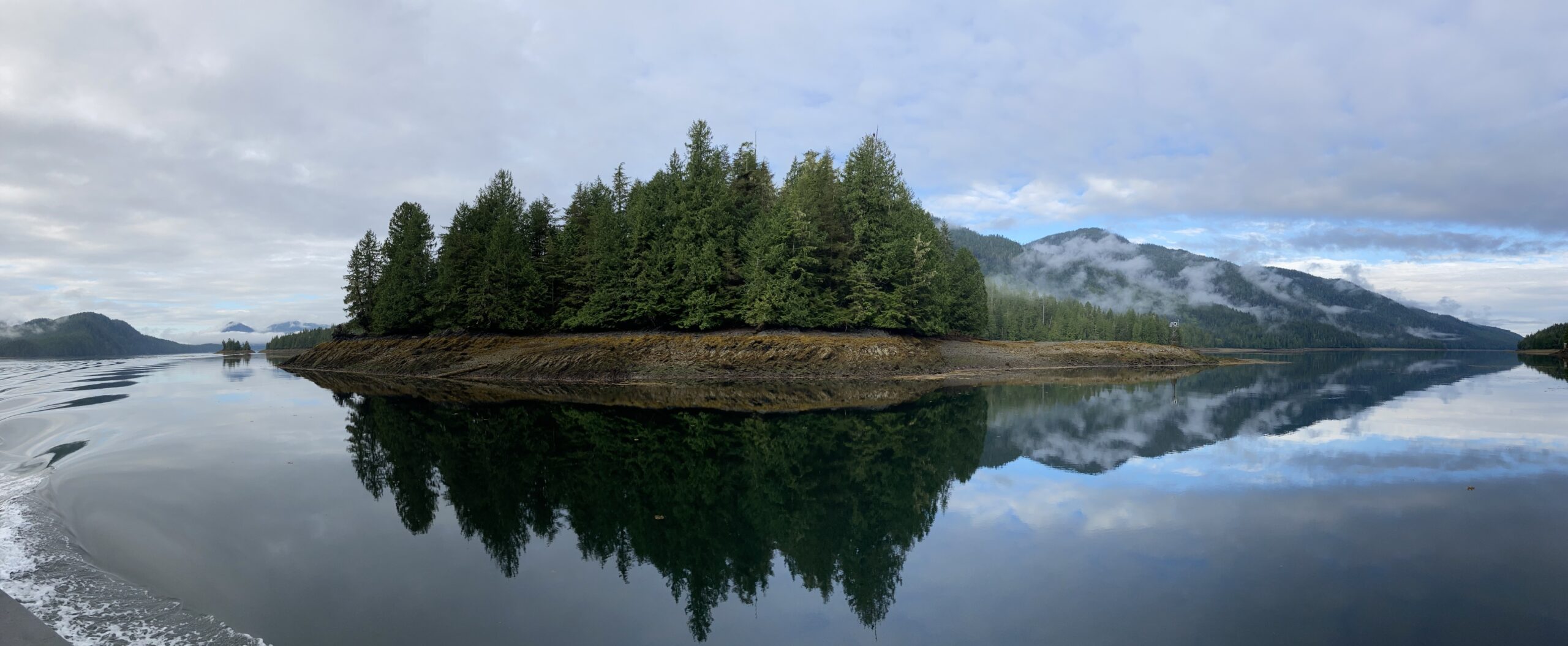
A passage to serenity.
Located between Aero Point in Prince Rupert and Tuck Inlet at Lax Kwa’alaams. The greenest greens floating on the bluest blues, drifting liking a daydream through bracing mists.
Just remember to turn ‘roaming’ off before you arrive, lest the Alaskan signals snag your device.